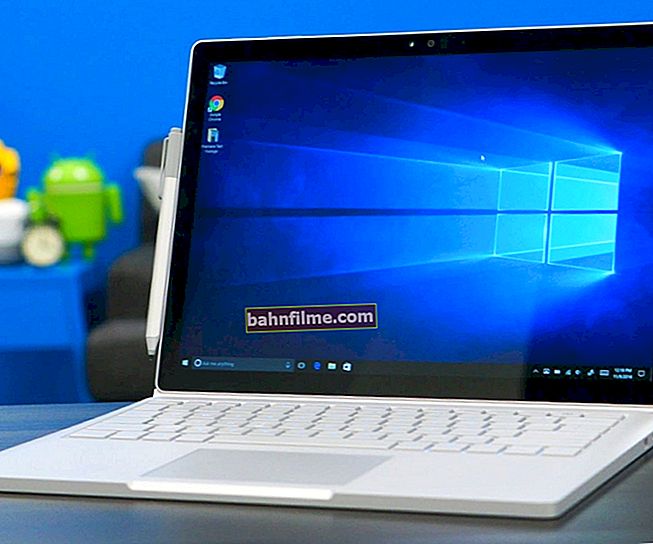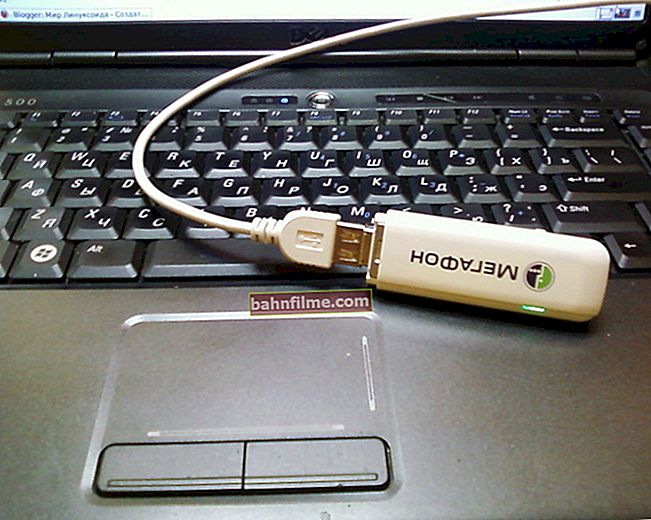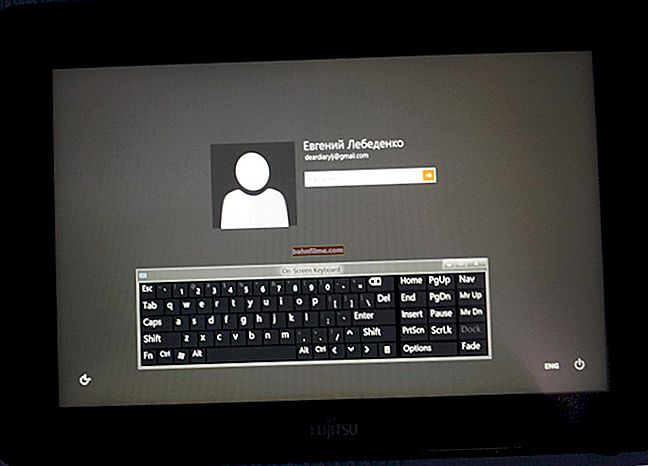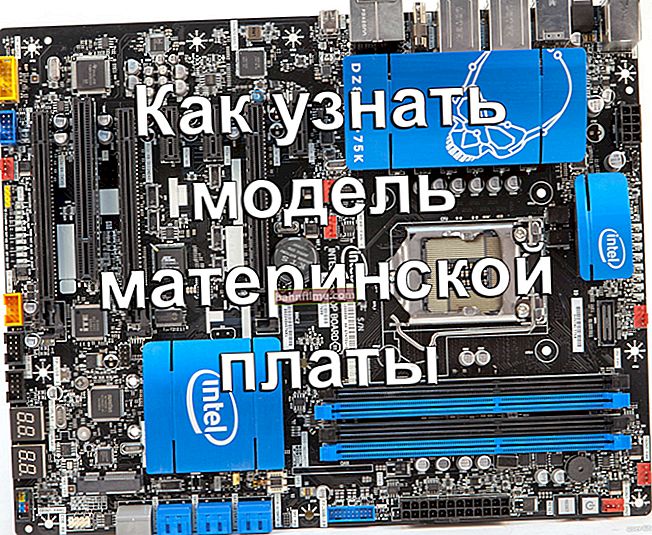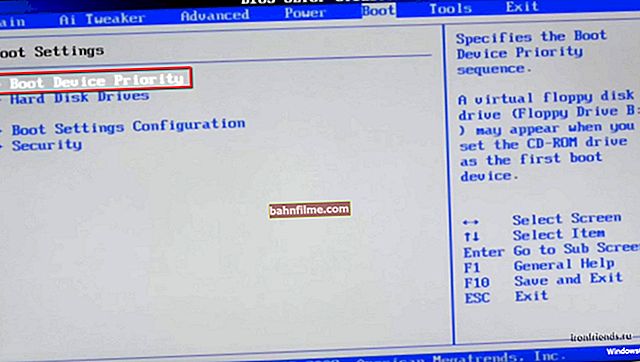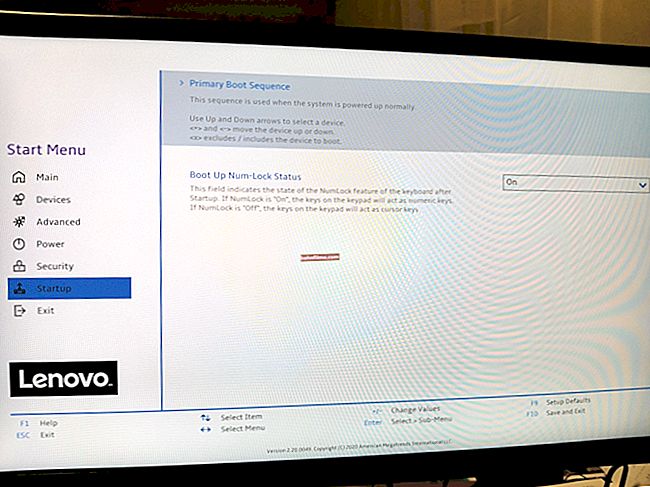 Good day!
Good day!
On some computers, the problem of overheating is constant and acute (very often on laptops, especially gaming laptops). And even if it was possible to reduce it by 10 ° С, this could significantly change the situation ...
In this article I will suggest a couple of ways (note: disabling Turbo Boost and Undervolting) how this can be done (the temperature should definitely drop by some degrees!). However, I can't help saying that the methods are very controversial, although they work. Why?
- disabling Turbo Boost - this is how we disable it. Max. CPU performance (it will not always be noticeable, only for resource-intensive tasks, for example: creating archives, video encoding);
- Undervolting - reducing the voltage on the CPU. The operation is specific, and is recommended only for experienced users (however, with the modern XTU utility from Intel - it all comes down to changing one parameter!).
Anyway, if you've tried all the other ways to lower your CPU temperature and they haven't helped, I recommend trying these. Below I will show everything with examples ...
To help!

Laptop is warming up: what to do? Temperature is high all the time: 85 ° C + - //ocomp.info/greetsya-noutbuk.html
*
Disable Turbo Boost
The easiest way to do this is to use Windows Power Options. Yes, of course, after disabling Turbo Boost, the performance will drop slightly, but this will be noticeable only when performing a certain range of tasks: for example, converting video will take a little longer ...
But the device will heat up less, make less noise, and most likely will last longer.
And so, first you need to open the control panel, go to the tab "Hardware and Sound / Power Supply" ... See screenshot below.

Hardware and Sound - Power Supply
Next, open the settings for the current power scheme (in my example, it is one).

Setting up the power plan
Then go to the settings of additional parameters.

Additional power options
In the tab "Processor Power Management / Maximum Processor State" change 100% to 99%, as in the screenshot below. After saving the settings, Turbo Boost should stop working, and most likely you will immediately notice that the temperature has dropped somewhat ...

Max CPU health 99%
By the way, to clarify whether Turbo Boost works, you can use the special. CPU-Z utilities. It shows the current processor frequency in real time (and knowing the technical characteristics of your CPU, i.e. its operating frequency, you can quickly determine whether Turbo Boost is enabled).

Does Turbo Boost Work on Laptop / Screen from the previous article as an example
It should be noted that Turbo Boost can also be disabled in UEFI / BIOS (not on all devices!). Usually, for this you need to set the Turbo Mode parameter to Disabled (example in the photo below).

Turbo Boost (UEFI) / Screen from the previous article
Undervolting
A few words in simple language about what we will do.
Manufacturers, as a rule, set the voltage on the CPU with a certain margin, usually in the region of + 0.070V ÷ + 0.200V (so that, regardless of the batch of the CPU, everything works for all users). Well, excess stress raises the temperature ...
Of course, this voltage "margin" can be reduced (this is calledUndervolting). Due to this operation, it is possible to reduce the heating of the CPU under load by 5-20 ° C (depending on the model and batch). By the way, as a result, the cooler will make less noise.
Note that Undervolting's CPU performance does not drop (since we are only removing voltage headroom)! On the contrary, if your CPU used to drop frequencies from heating to a high temperature, now it may stop dropping them (due to a drop in temperature) and due to this, performance will increase!
Is it dangerous? In general, no (increasing the voltage during overclocking is dangerous! On the contrary, we lower it ...).
I myself have repeatedly reduced the voltage on dozens of PCs / laptops (gaming), and no problems were observed (nevertheless, as always, I warn you that you do everything at your own peril and risk).
Undervolting for Intel Core
1) And so, first you need to go to the Intel official website and download the Intel® XTU utility. It is designed to fine tune the performance of the CPU. I will warn you right away - this is not the kind of utility where you can change any parameters and see what they give (so do not change anything if you do not know what is responsible for what!).
Intel® XTU
Link to the official. Intel website - //downloadcenter.intel.com/ru/download/29183/-Intel-Extreme-Tuning-Utility-Intel-XTU-

Intel XTU - Download and Install Utility
After installing Intel XTU, you will need to restart your computer.
By the way!

Safe mode
On some machines, Intel XTU does not work correctly, and after installing it, a blue screen appears (I do not know for certain why). In this case, the next time you reboot the OS, you will see a menu for selecting the Windows boot mode - select safe mode and uninstall the utility.
2) Next, we need to start XTU and find one single parameter "Core Voltage Offset" ... By default, this parameter should be set to "0".
After that, you should move this slider to the left by "-0.100V" (in my example below, I moved it to "-0.110V"), and click on the button "Apply" ... Everything, the tension after this operation was reduced.
Important! Do not set the Core Voltage Offset parameter to positive - this way you increase the voltage on the CPU.

Core Voltage Offset / Intel XTU
3) Now you need to run some game (or better test it on several) and look at the work of the computer (laptop). If the device is 20-40 min. works as normal. mode (does not freeze, does not turn off) - it means Undervolting was successful.
Then you can open Intel XTU again and change "-0.100V" to "-0.120V" (for example). By the way, you need to change the voltage in small steps, and after each test the operation of the device.
Thus, you can find the optimal "Core Voltage Offset" (each CPU will have its own).
By the way! As soon as you reduce the voltage on the CPU to an unacceptable value, the computer will simply turn off or freeze (a blue screen may appear). If this happens, then you have reached the maximum, just change the Core Voltage Offset to the previous value (at which everything worked).
4) It is convenient to monitor the processor operation (voltage, temperature, frequency, etc.) using the Hwmonitor utility (link to the official site). As you can see in the screenshot below, she easily determined that the voltage was reduced ...

Voltages - Hwmonitor
*
Additions on the topic are welcome ...
Well, that's all for now, good luck!
✌
